In mid-May, the shrimp farming atmosphere in all shrimp farming areas in the Mekong Delta was still quite quiet, although shrimp prices were still high and salinity in farming areas had reached the allowable threshold. The shrimp harvest situation was not much better, causing the supply of raw shrimp to be insufficient to meet the processing needs of businesses. The golden opportunity for shrimp farmers to get rich from high shrimp prices slowly passed by in the regret mixed with a bit of anxiety of shrimp farmers in this brackish water shrimp crop in 2025.
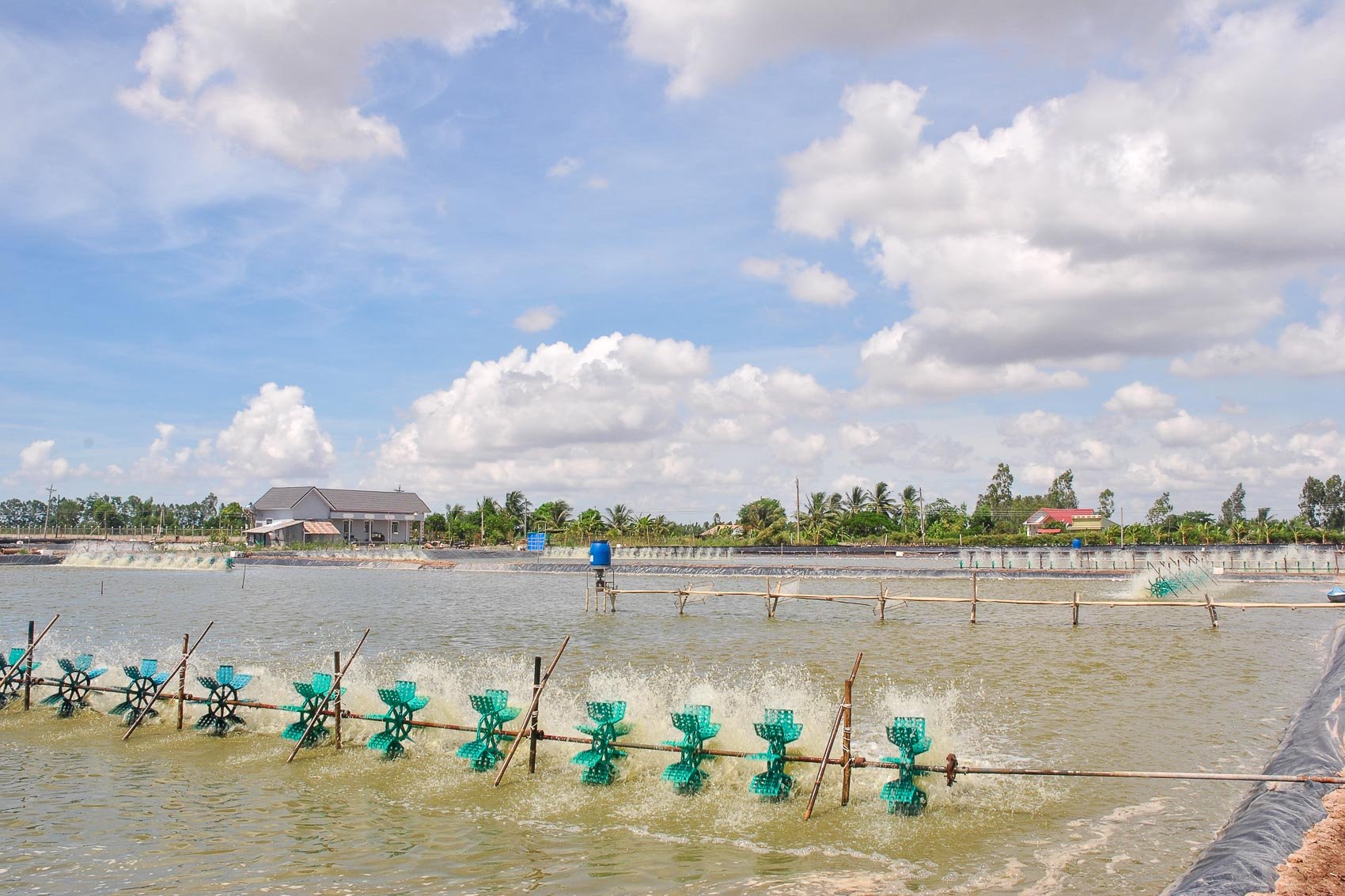 |
| Although the farming season is facing difficulties, shrimp farmers still believe that shrimp prices will remain at an acceptable level. |
According to the rule, from May to the end of August every year is the time when the supply of raw shrimp is quite abundant, shrimp prices will be less tense compared to the first and last months of the year. However, that has not happened in the 2025 brackish water shrimp crop, when it is now mid-May, but the supply of raw shrimp is still low, shrimp prices are still high. The main reason is due to the adverse impact of weather and disease, causing the farming success rate to be not as expected. According to the forecast of the Department of Agriculture and Environment of shrimp farming provinces in the Mekong Delta, farming areas from the end of 2024 to February 2025 will face the disadvantage of high temperature difference between day and night, causing slow growth of shrimp and making them susceptible to diseases. Meanwhile, farming areas from February until now will face severe heat alternating with quite large unseasonal rains, causing strong fluctuations in the environment, stressing shrimp, and many dangerous diseases will have the opportunity to break out, causing damage to farmed shrimp.
While farmers are struggling to find every way to overcome the epidemic to harvest shrimp, a new worry called "reciprocal tax" appeared in early April. Immediately after the above tax rate was announced, shrimp prices of some sizes immediately dropped sharply, even by over 20,000 VND/kg, making farmers even more worried. Fortunately, the postponement of the above tax rate also came soon after, combined with increased domestic demand for shrimp, so shrimp prices recovered until this May. Shrimp are "carrying" many types of taxes on their backs, but in the end, only 2 main groups of subjects bear almost all of these taxes, which are: shrimp farmers and consumers. Reciprocal tax in the US market this time is no exception and that is also the worry of all parties in the shrimp value chain, especially shrimp farmers - the first but weakest and most vulnerable link.
The story of the reciprocal tax spread very quickly from exporting enterprises to shrimp farmers, so although the price of shrimp is still quite high, farmers still do not dare to release all the shrimp because there are too many risks, from disease to weather... Worried about the reciprocal tax, but shrimp farmers are generally calm, regularly updating market information to be more proactive in production and always expecting that, after negotiations, the tax rate for Vietnamese shrimp will decrease sharply. It is also thanks to the regular information updates that shrimp farmers have a little more confidence in releasing shrimp, because they know that, currently, most factories are short of shrimp, so the price of shrimp in the future will probably not be too bad. On the other hand, according to many farmers, they are already worried, but they still have to raise shrimp, because if they do not raise shrimp, how will they live? Therefore, instead of sitting there worrying, being sad or complaining, shrimp farmers still proactively release a part of the area, or release sparsely and sell oxygenated shrimp for domestic consumption, which also provides a source of income for their livelihood.
To limit damage to farmed shrimp, since the beginning of the season, the professional sector has recommended that farmers take disease prevention measures such as: not stocking at high density during peak hot weather; needing to thoroughly treat pathogens in the pond before stocking the new batch; increasing the arrangement of water fans, regular aeration to provide enough oxygen for farmed shrimp; using additional biological products, minerals, intestinal microorganisms, vitamin C to increase shrimp resistance and help stabilize the pond environment. In addition, the professional sector has also increased thematic conferences in key shrimp farming areas, promptly providing information on water environment, weather and diseases along with recommendations on technical solutions to ensure good development of farming areas and limit damage caused by diseases.
ACCUMULATE
Source: https://baosoctrang.org.vn/kinh-te/202505/kho-du-duong-2b43147/



![[Photo] Prime Minister Pham Minh Chinh receives Rabbi Yoav Ben Tzur, Israeli Minister of Labor](https://vphoto.vietnam.vn/thumb/1200x675/vietnam/resource/IMAGE/2025/5/21/511bf6664512413ca5a275cbf3fb2f65)
![[Photo] Coming to Son La, let's "show off" with the Wallflowers](https://vphoto.vietnam.vn/thumb/1200x675/vietnam/resource/IMAGE/2025/5/21/627a654c41fc4e1a95f3e1c353d0426d)

![[Photo] Prime Minister Pham Minh Chinh receives the President of Asia-Pacific region of PowerChina Group](https://vphoto.vietnam.vn/thumb/1200x675/vietnam/resource/IMAGE/2025/5/21/0f4f3c2f997b4fdaa44b60aaac103d91)
![[Photo] Scientific workshop "Building a socialist model associated with socialist people in Hai Phong city in the period of 2025-2030 and the following years"](https://vphoto.vietnam.vn/thumb/1200x675/vietnam/resource/IMAGE/2025/5/21/5098e06c813243b1bf5670f9dc20ad0a)
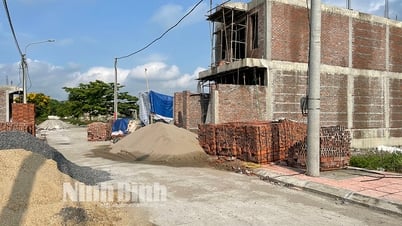



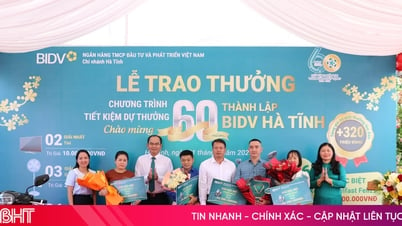

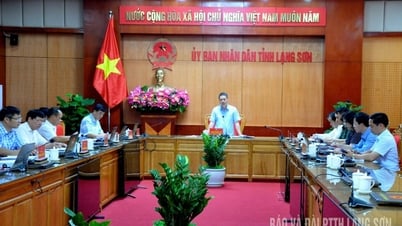
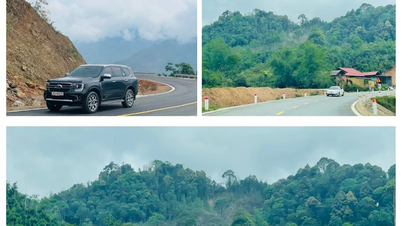

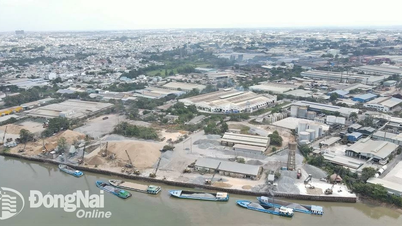





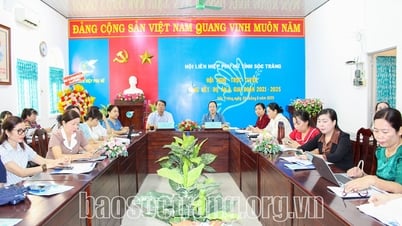



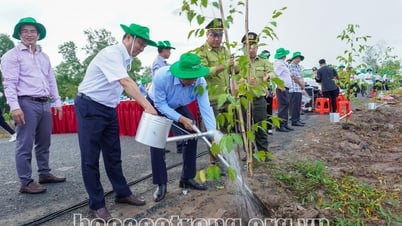
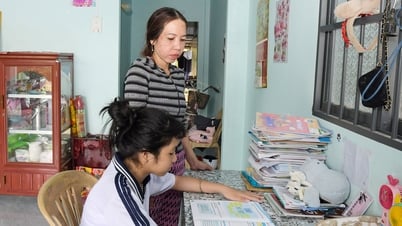































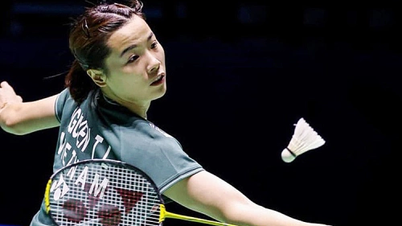

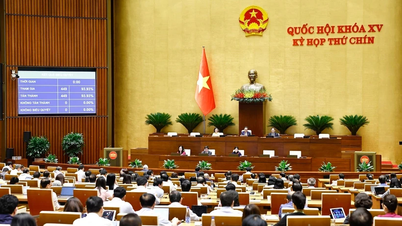




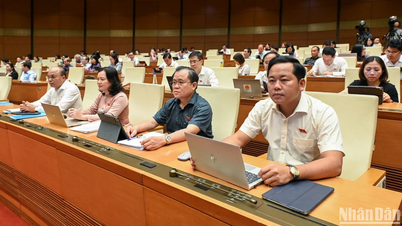
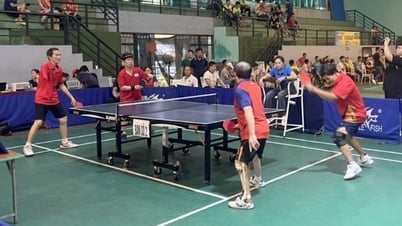

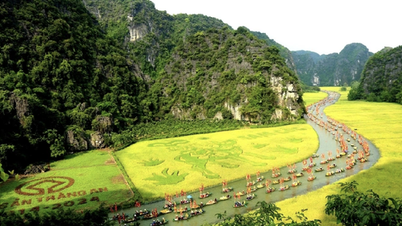



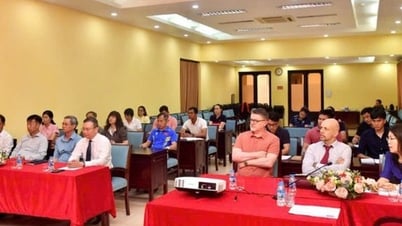
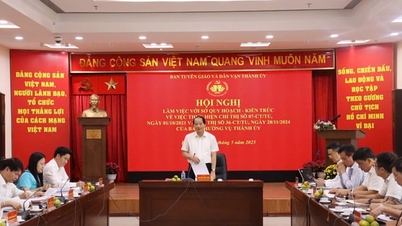


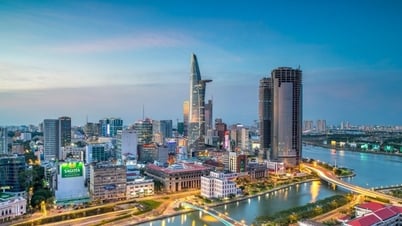
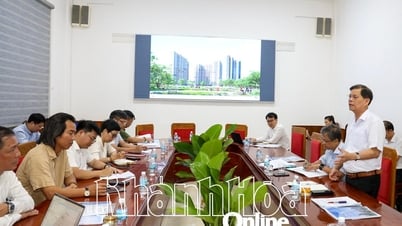






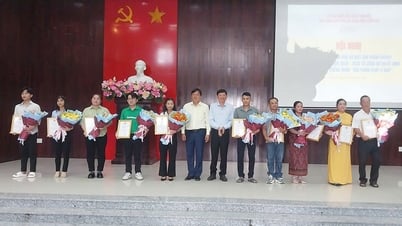




Comment (0)